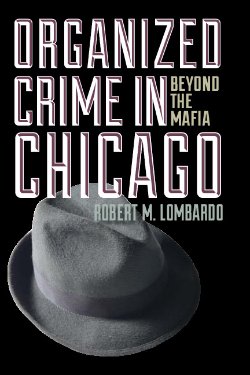By Alex R. Piquero and Wesley G. Jennings, et al
In March and April of 2020, government leaders began to impose stay-at-home orders to help contain the spread of the coronavirus. This report, by a team of researchers led by sociologist Alex R. Piquero of the University of Miami, was based on a systematic review of multiple studies that compared changes in the number of domestic violence incidents before and after jurisdictions put lockdown restrictions in place.
Findings:
Based on a review of 12 U.S. studies, most of which included data from multiple cities, shows that domestic violence incidents increased 8.1% after jurisdictions imposed pandemic-related lockdown orders.
Unlike some early reports on domestic violence trends that relied exclusively on police calls for service, the studies covered by this review also drew on data from crime reports, emergency hotline registries, hospital and other health records, and additional administrative documents.
While the precise dynamics driving the increase are unclear, lockdowns and pandemic-related economic impacts likely exacerbated factors typically associated with domestic violence, such as increased male unemployment, stress associated with childcare and homeschooling, and increased financial insecurity. Poor coping strategies, including the increased use of alcohol and other substances, may have elevated the risk of abuse.
-
The authors also conclude that COVID-19 left parents and children confined to their homes, cut off from friends, neighbors, colleagues, and others who might have reported signs of abuse and violence and intervened to help potential victims escape violent situations.
Washington, DC: Council on Criminal Justice, 2021. 21p.





















